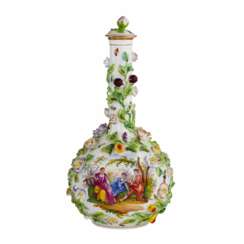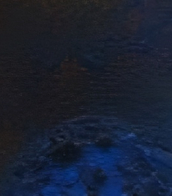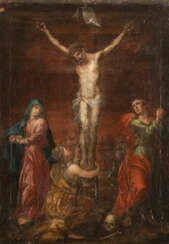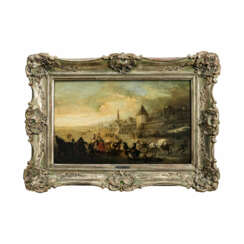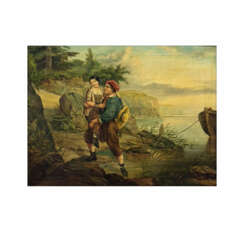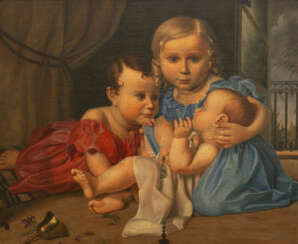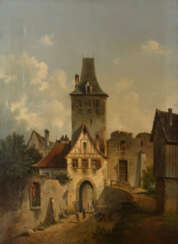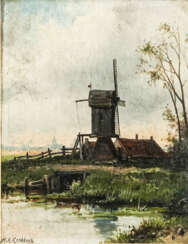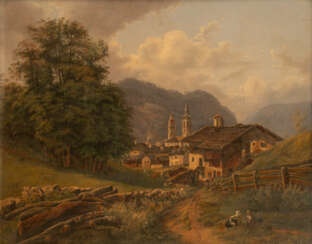148 Items by auctions and galleries:
peintures 19e - 20e siècle
Lot 226 Friedrich Voltz (1817 Nördlingen - 1886 Munich)
Johann Friedrich Voltz (1817 - 1886) 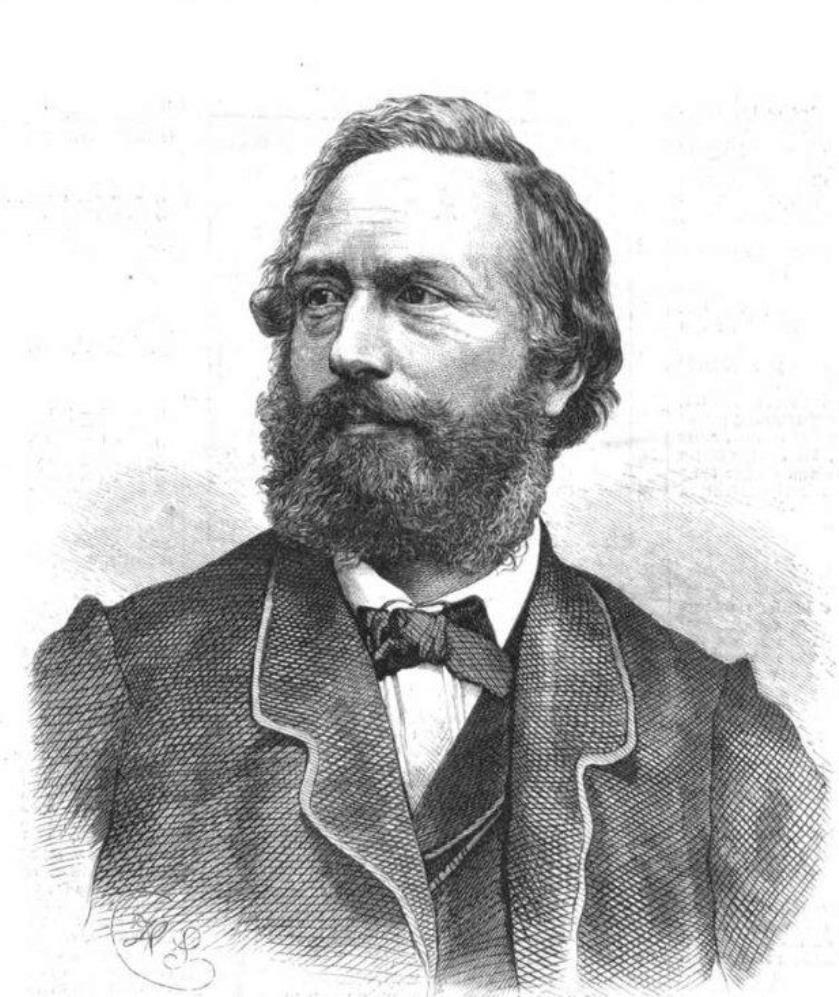 A136: Alte Kunst, Antiquitäten, Interieur & Design
A136: Alte Kunst, Antiquitäten, Interieur & Design 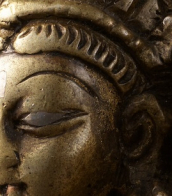

Johann Friedrich Voltz
31.10.1817 - 25.06.1886
Germany
Johann Friedrich Voltz was a German landscape and animal painter of the Munich School.

WETTMANN | Auktionshaus an der Ruhr
A136: Alte Kunst, Antiquitäten, Interieur & Design
Date: 13.12.2025 11:00 UTC +01:00
Number of lots in the catalog: 376
Lot 239 Marinus Adrianus Koekkoek (1807 - 1868)
Marinus Adrianus Koekkoek (1807 - 1868)  A136: Alte Kunst, Antiquitäten, Interieur & Design
A136: Alte Kunst, Antiquitäten, Interieur & Design 

Marinus Adrianus Koekkoek
25.09.1807 - 28.01.1868
The Netherlands
Marinus Adrianus Koekkoek was a 19th-century Dutch landscape and marine painter.

WETTMANN | Auktionshaus an der Ruhr
A136: Alte Kunst, Antiquitäten, Interieur & Design
Date: 13.12.2025 11:00 UTC +01:00
Number of lots in the catalog: 376
Lot 241 Horatio McCulloch (1805 Glasgow - 1867 Edinburgh)
Horatio McCulloch (1805 - 1867) 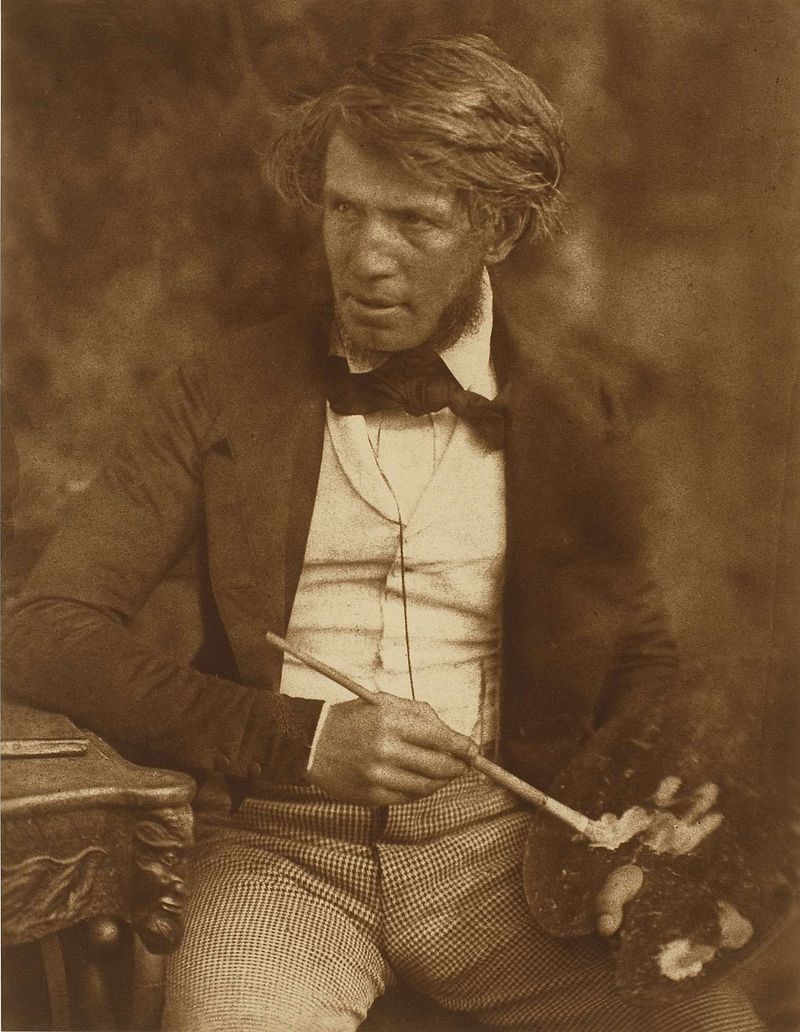 A136: Alte Kunst, Antiquitäten, Interieur & Design
A136: Alte Kunst, Antiquitäten, Interieur & Design 

Horatio McCulloch
09.11.1805 - 24.06.1867
United Kingdom, Scotland
Horatio McCulloch was a Scottish landscape painter.

WETTMANN | Auktionshaus an der Ruhr
A136: Alte Kunst, Antiquitäten, Interieur & Design
Date: 13.12.2025 11:00 UTC +01:00
Number of lots in the catalog: 376
Lot 275 Erwin Carl Wilhelm Günther (1864 Hamburg - 1927 Düsseldorf)
Erwin Carl Wilhelm Gunther (1864 - 1927) 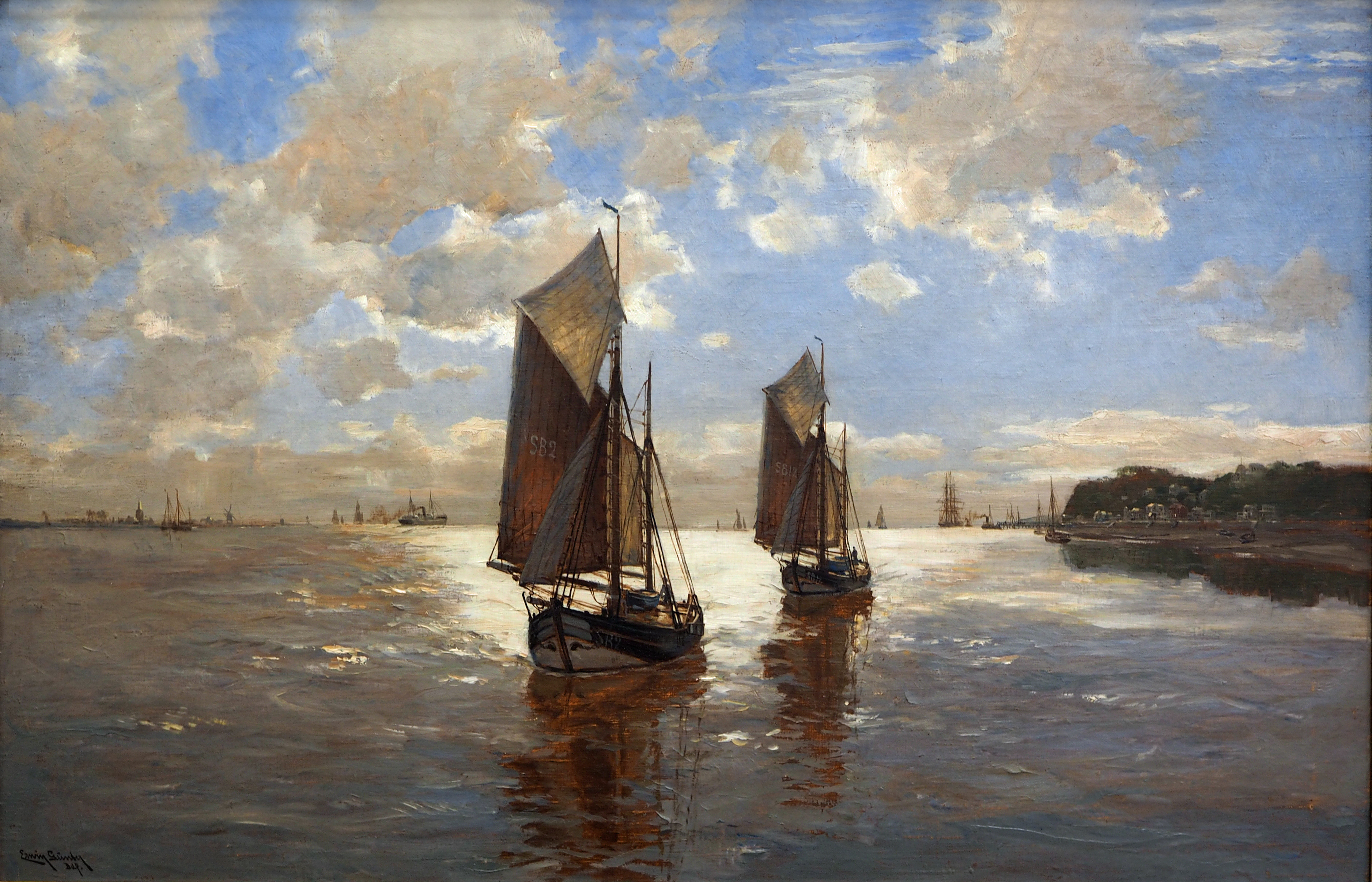 A136: Alte Kunst, Antiquitäten, Interieur & Design
A136: Alte Kunst, Antiquitäten, Interieur & Design 

Erwin Carl Wilhelm Gunther
14.06.1864 - 1927
Germany
Erwin Carl Wilhelm Gunter was a German impressionist painter known for his seascapes.

WETTMANN | Auktionshaus an der Ruhr
A136: Alte Kunst, Antiquitäten, Interieur & Design
Date: 13.12.2025 11:00 UTC +01:00
Number of lots in the catalog: 376
Lot 289 Eugen Kampf (1861 Aachen - 1933 Düsseldorf)
Eugen Kampf (1861 - 1933) 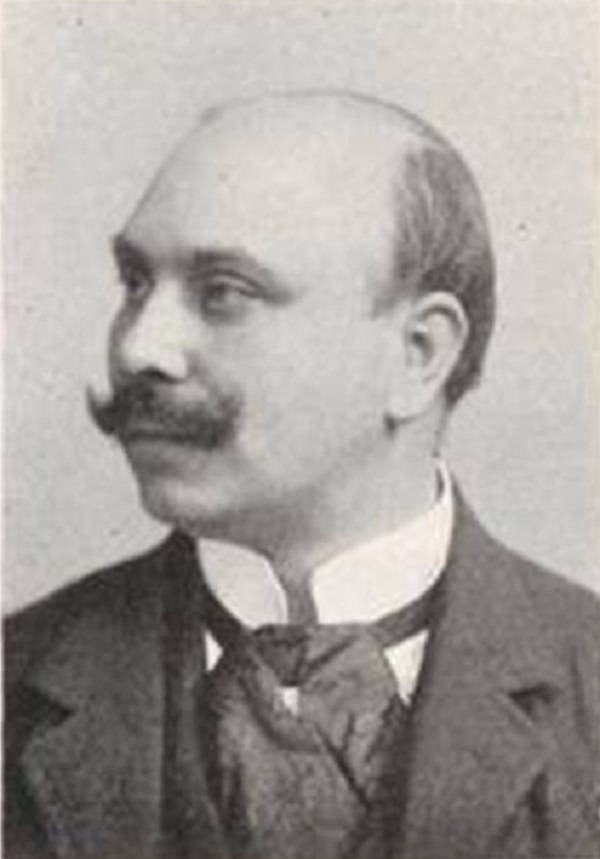 A136: Alte Kunst, Antiquitäten, Interieur & Design
A136: Alte Kunst, Antiquitäten, Interieur & Design 

Eugen Kampf
16.03.1861 - 13.04.1933
Germany
Eugen Kampf was a German painter; associated with the Düsseldorf school of painting. He specialized in rural and village scenes.

WETTMANN | Auktionshaus an der Ruhr
A136: Alte Kunst, Antiquitäten, Interieur & Design
Date: 13.12.2025 11:00 UTC +01:00
Number of lots in the catalog: 376
